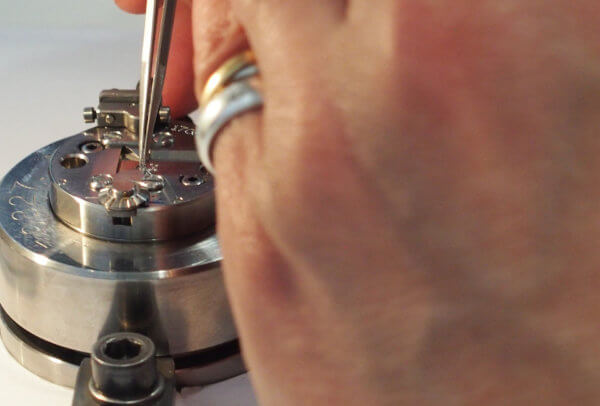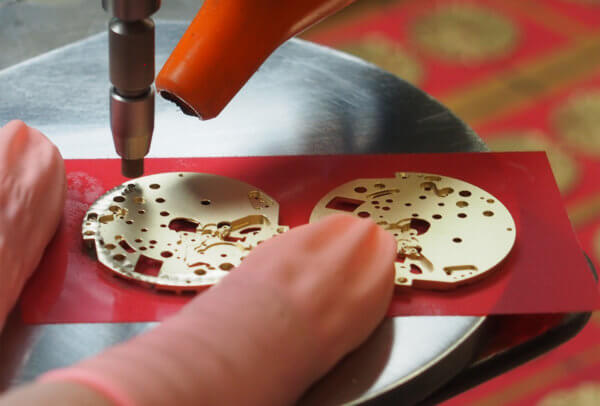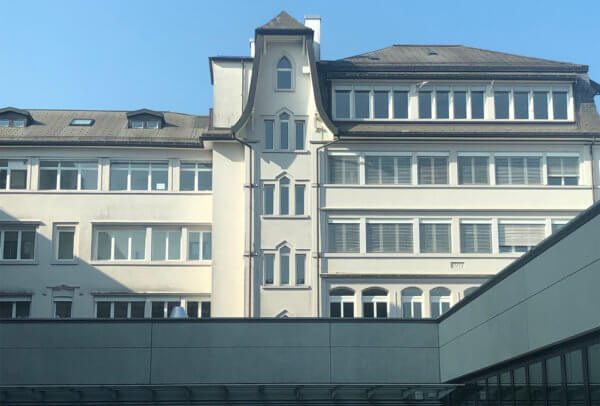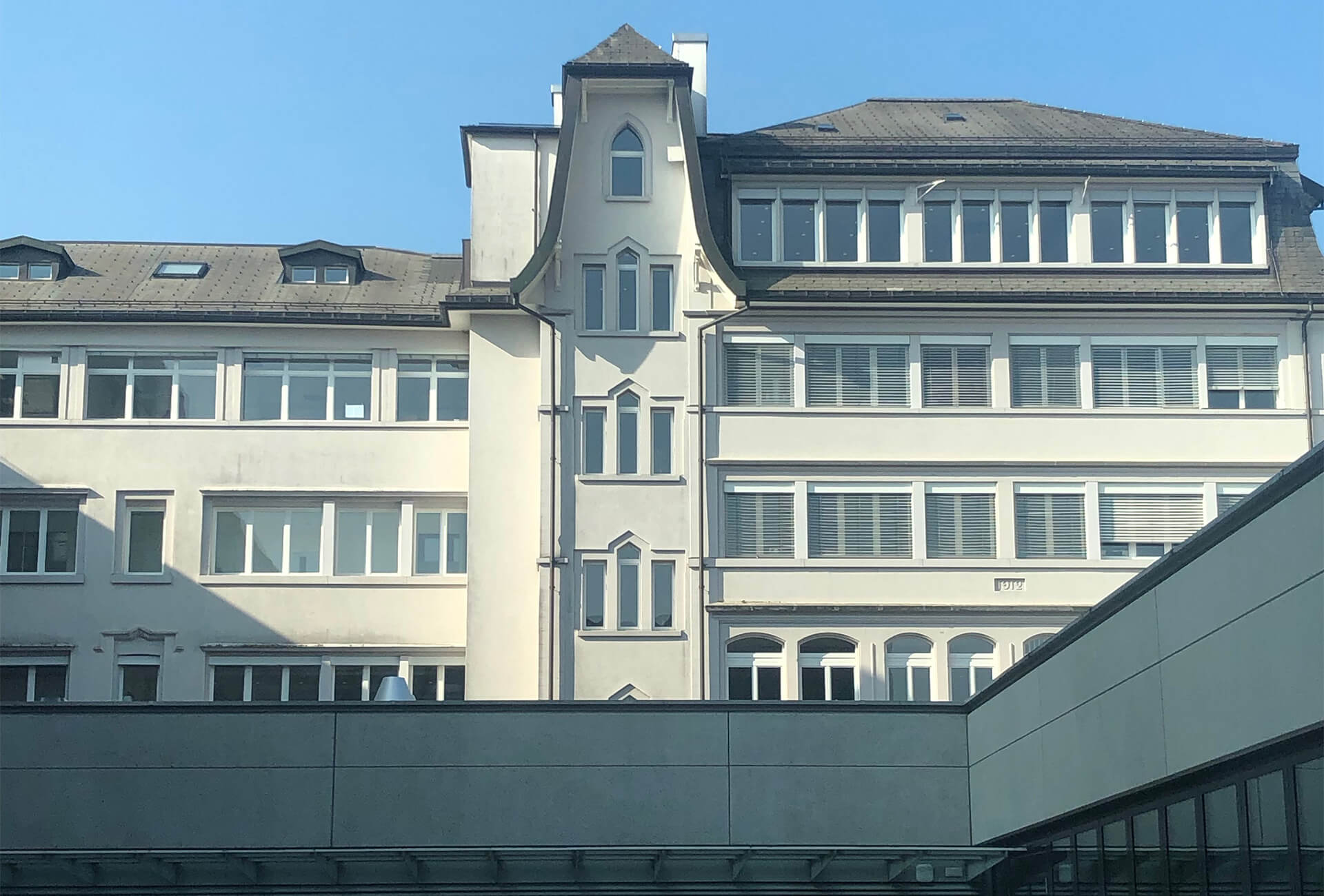Nestled in the Vallée de Joux, in the town of Le Sentier, Jaeger-LeCoultre has one of the most legendary histories. Begun nearly 200 years ago in 1833, Jaeger-LeCoultre lays claim to some of the most iconic watches, such as the Reverso and the Memovox, and to a plethora of patents. Following a creed that deftly blends its rich history with visionary innovation, Jaeger-LeCoultre regularly unveils timepieces that surprise and delight. However, what is even more astounding than the watches themselves is the fact that each one, and all the tiny components that grace the many calibers, are made in-house, in the brand’s Manufacture.
First steps: tools and machining
As with any watch brand that makes its own timepieces and movements, the work starts at the very basic levels. In order to make a component of any sort, one needs tools. At Jaeger-LeCoultre, the brand makes all of its own tools and swages in-house – to the tune (currently) of having more than 6,000. According to the brand, in order to make a single new movement, anywhere between 60 and 100 different tools are needed. Just like the making of a watch, the making of a tool is no easy feat. It can take hundreds of hours to make a single one – at a cost of about $10,000 to $20,000 each.

The investment into the state-of-the-art CNC machines, high-tech laser engraving machines and other equipment is also astronomical. Generally, a single machine can cost about $1 million, and Jaeger-LeCoultre has dozens throughout its 25,000-square-meter factory. These are the machines that cut cases, baseplates, and other metal components to razor-precise standards. In fact, just in the cutting and drilling portion of the Manufacture, there were nearly 30 huge machines running at a time. The machinery that does the major milling and cutting must all be programmed and constantly monitored by trained individuals.
While Jaeger-LeCoultre consists of several different buildings, constructed at different times in the Manufacture’s history (1866, 1888, 1912, etc.), one can travel between them without ever going outside thanks to an elaborate labyrinth of hallways and walkways. As such, we easily traverse the buildings, moving from tooling and machinery to other departments where much of the hand-craftsmanship and assembly is done.
Hands-on
We witness the perlage and other finishings being executed by hand on the baseplates and components, as well as polishing, bathing and cleaning of parts, and so much more. Every room is a new adventure where hundreds of the Manufacture’s 1,200 employees carry out their respective tasks before the part they are working on moves to the next stage.

Easily one of the highlights of the tour was getting a close-up look at the in-house-made specialty hairsprings. While the brand – like most watch brands – purchases hairsprings for its main production watches, it also designs, develops and creates specialty hairsprings (such as the cylindrical hairspring, the spherical hairspring and even the gyro hairspring) required for certain of its complications. It takes the master watchmaker two full days just to shape the half-sphere hairspring with Breguet curve and ball-bearing system and calibrate it on the balance.
Of the 1,200 people working in the state-of-the-art Manufacture, just 200 of them are watchmakers, and only about 10% of those are expertly trained enough to work on the high complications, or on the métiers d’arts such as enameling, gem-setting, engraving and the like.

These high complications are assembled only by the master watchmakers, sequestered away in their own Grandes Complications Atelier. According to Christian Laurent, Industrial Senior Manager of the Atelier (and recently semi-retired after spending 48 years with the brand), the watchmakers who specialize in building high complications have at least a decade of experience, and in many cases 15 years and upwards. The work these masters accomplish is incredibly time-consuming and painstaking. Assembling a simple 130-part Reverso movement, for instance, can take a couple of hours. Compare this with a couple of days to assemble a 457-part Reverso movement and months for some of the most advanced calibers with 1,400 components.
Heritage museum
Impressive in its own rights, the Jaeger-LeCoultre Heritage Museum is an ever-evolving immersive experience into the brand’s incredible history. From archives and ledgers to the micron meter that Antoine LeCoultre invented more than 150 years ago (and which revolutionized the concept of precision measuring and cutting), the museum is chocked with milestones. Hundreds of calibers hang from the ceiling along clear nylon cords forming a wonderful wall of invention, and dozens of the most famous watches created by Jaeger-LeCoultre line the room. There is even an entire wall of Atmos clocks that span the decades. This venture is truly a veritable journey down history lane – one not to be missed by any visitor.



















